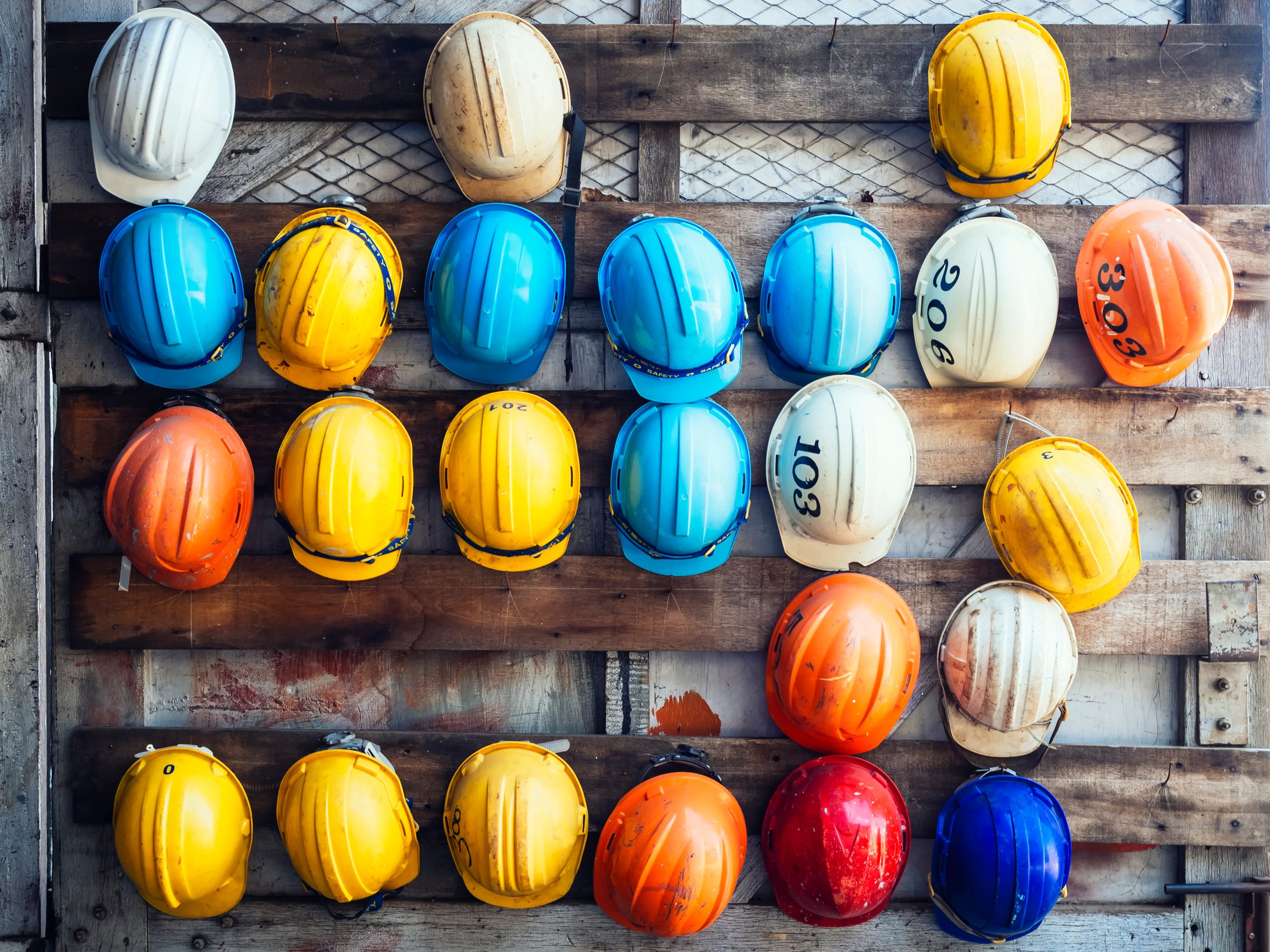This isn’t your father’s hardhat and other safety innovations
Larry Pearlman shares an update on the latest safety innovations as seen at the National Safety Council Congress



Larry Pearlman shares an update on the latest safety innovations as seen at the National Safety Council Congress
We’re seeing improvements to safety equipment that have been around for a while. Several companies, including Wavecel, have built a hardhat that protects workers from dropped objects better than any of its predecessors. The innovation is in the honeycomb-like structure that goes between the worker and the shell of the hard hat. The iconic shape is changing too, Petzl, and others, make lightweight versions that provide workers with both comfort and protection. Throw in integrated goggles, and you have a significantly upgraded piece of PPE.
The next stage of development is already underway. As smart technologies, voice and cameras are integrated into hardhat design others are able to ‘see’ what’s happening in real time and use voice commands to document compliance items, and even safety conversations. They can be integrated with geofencing and proximity detection to keep workers out of harm’s way. Aatmunn (formerly known as GuardHat) is an innovator in this space.
The NSC awarded a Green Cross for Safety to Mothers Against Drunk Driving (MADD). They have an approach called the ‘War Room’ which is fighting to make impairment detection technology mandatory on all vehicles. MADD has successfully worked with the Biden administration to legislate this technology into all cars by 2027.
Sustainability – In the, ‘it’s about time,’ category, www.finalfitsafety.com offers the first biodegradable ear plug, including biodegradable packaging… cool stuff!
Assessing people’s fitness for duty – An advancing technology is using personal digital assistants (aka iPhones) to determine fitness for duty. Workers are presented with a series of visual puzzles and must identify which images are different. These are timed and benchmarked to identify potential mental, physical, or substance-based impairments. The technology was developed by NASA and is marketed by two companies, Predictive Safety, and Aware360.
Proximity detection – Companies like Aatmunn, who I mentioned earlier, and Reactec, have come a long way in lone worker protection, geofencing and proximity detection (pedestrian to powered industrial vehicles. Smarteye has camera and AI-based technologies to also avoid collisions. A personal favorite of mine is Rombit, which does all the above, plus gives powered industrial vehicle drivers performance feedback.
Barriers – ZonePro make barriers to keep people and equipment out of secured zones. Their wide and very visible barriers are great for construction and warehouses as well as cordoning off areas where an overhead lift is being done.
Fleet Safety – SafeSpeed offers vehicle speed control and robo-coaching for drivers.
The really great thing is that, while there’s more to be done, most of these technologies are already being used to save lives.